Molise - Fornelli (IS)
2016
Fornelli (Furnièllè in molisano) è un comune italiano di 1.905 abitanti della provincia di Isernia nel Molise. Fa parte del circuito dei Borghi più belli d'Italia. È città dell'olio. Giace in parte su una collina lambita dal torrente Vandra, che confluisce nel Volturno, e in parte sul monte Cervaro, ove supera i 1000 metri. Il nome gli deriva forse da un forno per la produzione di laterizi cotti presente nell'antichità nel paese e al servizio della Badia di San Vincenzo. Fornelli, infatti, è caratterizzato da un terreno ricco di argilla.
You may also like

2025
Frosolone. Church of San Michele Arcangelo
2022
The waterfalls of Carpinone
In the heart of a very small village in Molise, immersed in an enchanted forest and floral nature, stands the Carpinone waterfall, one of the most fascinating spectacles of the local nature.
2021
Isernia, the Cathedral
The cathedral of San Pietro Apostolo is the most important Catholic church in the city of Isernia, mother church of the diocese of Isernia-Venafro and seat of the parish of the same name. It is located in Piazza Andrea d'Isernia, in the historic center of the city and stands on an ancient Italic pagan temple from the 3rd century BC; its present appearance is the result of numerous interventions, carried out both after the numerous earthquakes, and as a result of renovation projects of the building.
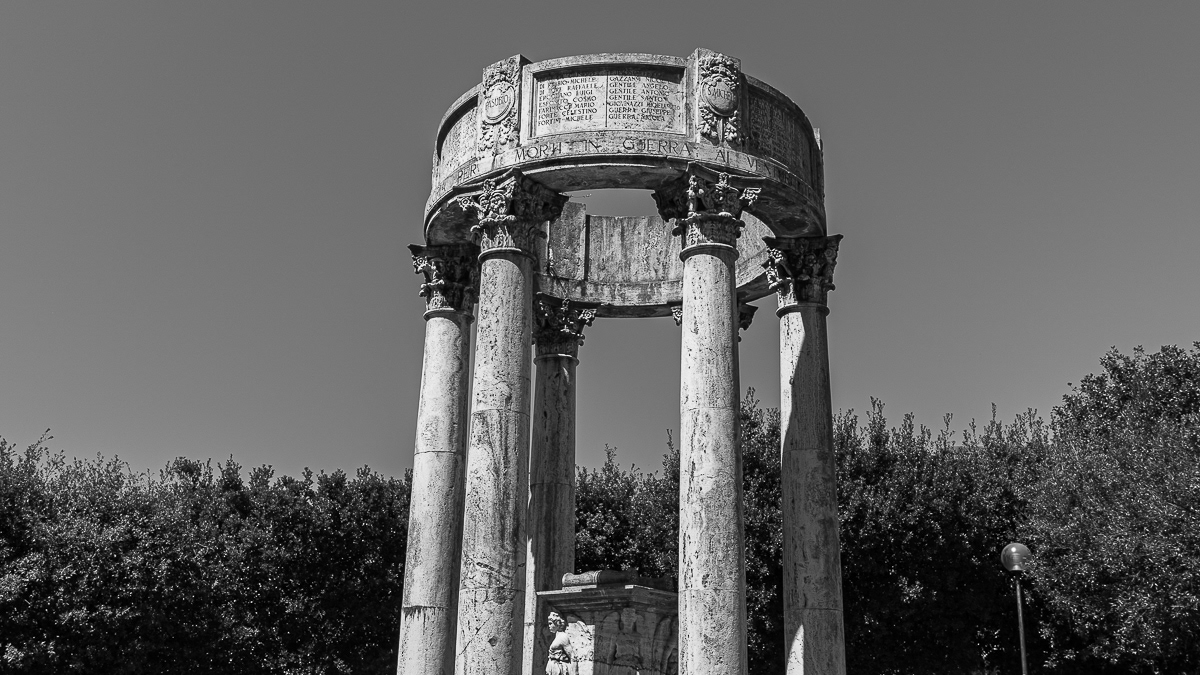
2021
Isernia, Monument to the Fallen
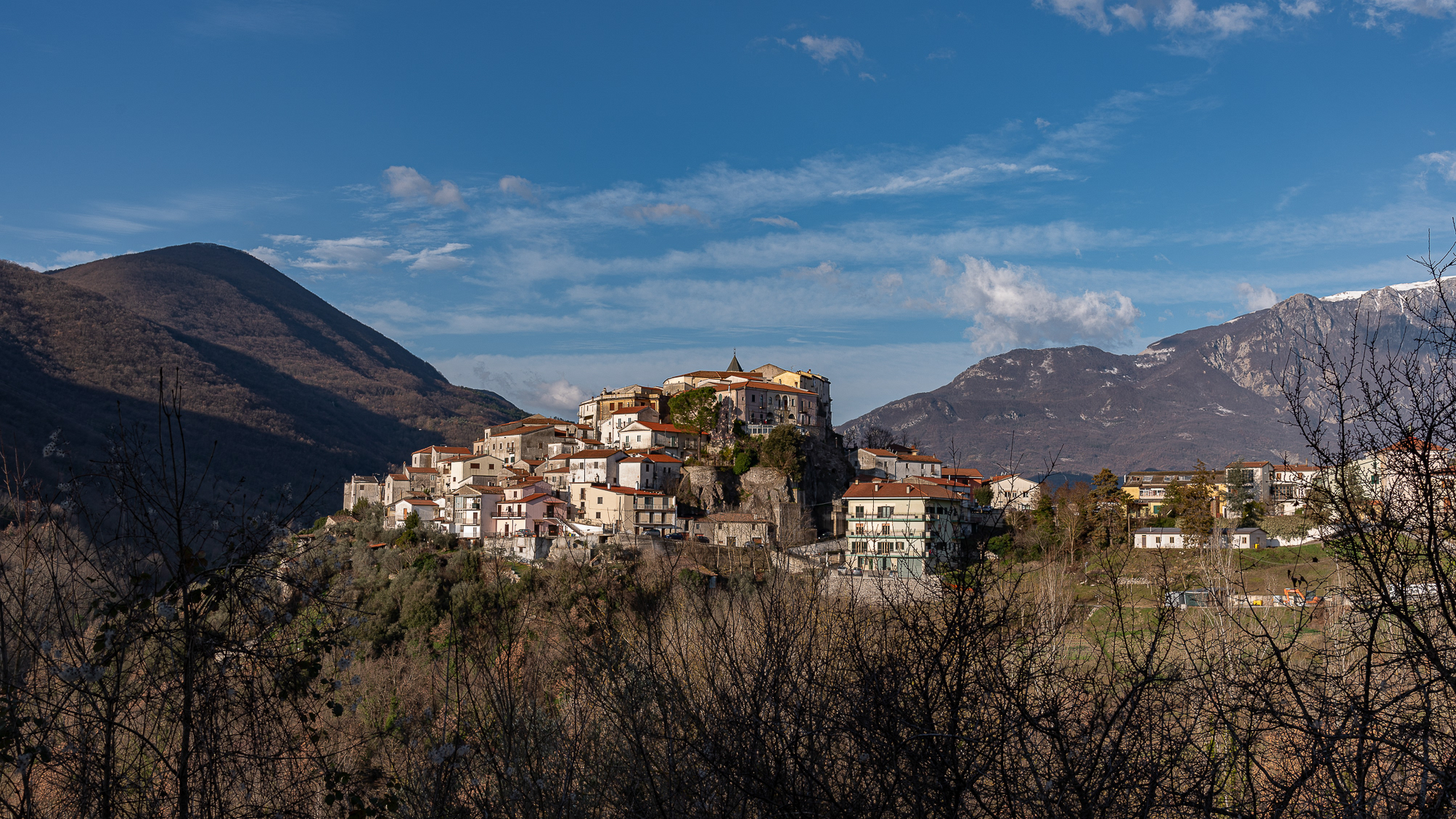
2022
Colli a Volturno. Winter 2022
Colli a Volturno (Cuòglië in Molise) is an Italian town of 1 312 inhabitants in the province of Isernia in Molise. The municipal territory extends into the Volturno Valley on the border with the national park of Abruzzo, Lazio and Molise. Colli a Volturno (also called simply Colli), rises on three wooded hills, at an altitude of about 400 m a.s.l. (max. 1 013, min. 236 a.s.l.). The municipal area borders the municipalities of Fornelli, Rocchetta a Volturno, Montaquila, Scapoli, Cerro al Volturno, Macchia d'Isernia, Filignano and Monteroduni.
The Collese area, as the name suggests, is mainly hilly interspersed with wide flat spaces. The climate is mild, the average annual temperature is 18.2 ° C, the average rainfall is 862 mm. Summers are warm and temperate, winters are cold but not particularly harsh, sporadic snowfalls, exceptionally abundant those of February 1956, January 1985 and February 2012. In autumn, rainfall is abundant, in August, the hottest month. of the year, the average temperature is 22.4 ° C; in August 2017, an exceptional heat wave caused the mercury column to reach 43 ° C. January is the coldest month, with an average temperature of 5.4 ° C. The driest month is July with an average of 32mm of rain. The month of November is the one with the highest rainfall, having an average of 118 mm. Gusts of wind are not infrequent, even of particular intensity. Temperatures vary by around 17 ° C throughout the year.
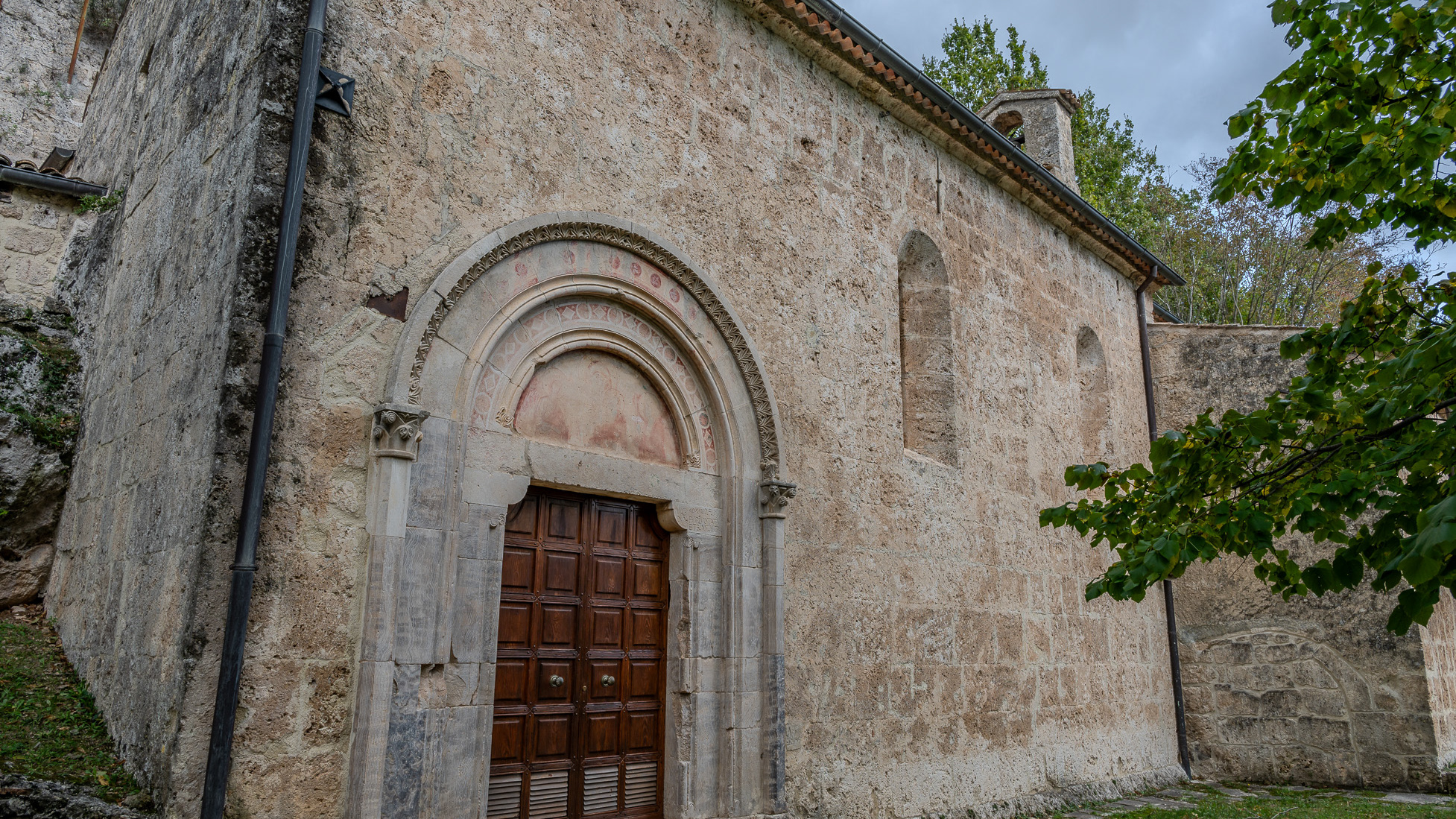
2023
Rocchetta in Volturno. Sanctuary of S. M. delle Grotte
Of Benedictine architecture, between the 13th and 14th centuries the Sanctuary, which is flanked by a monastery, represents a complex of very significant religious importance.
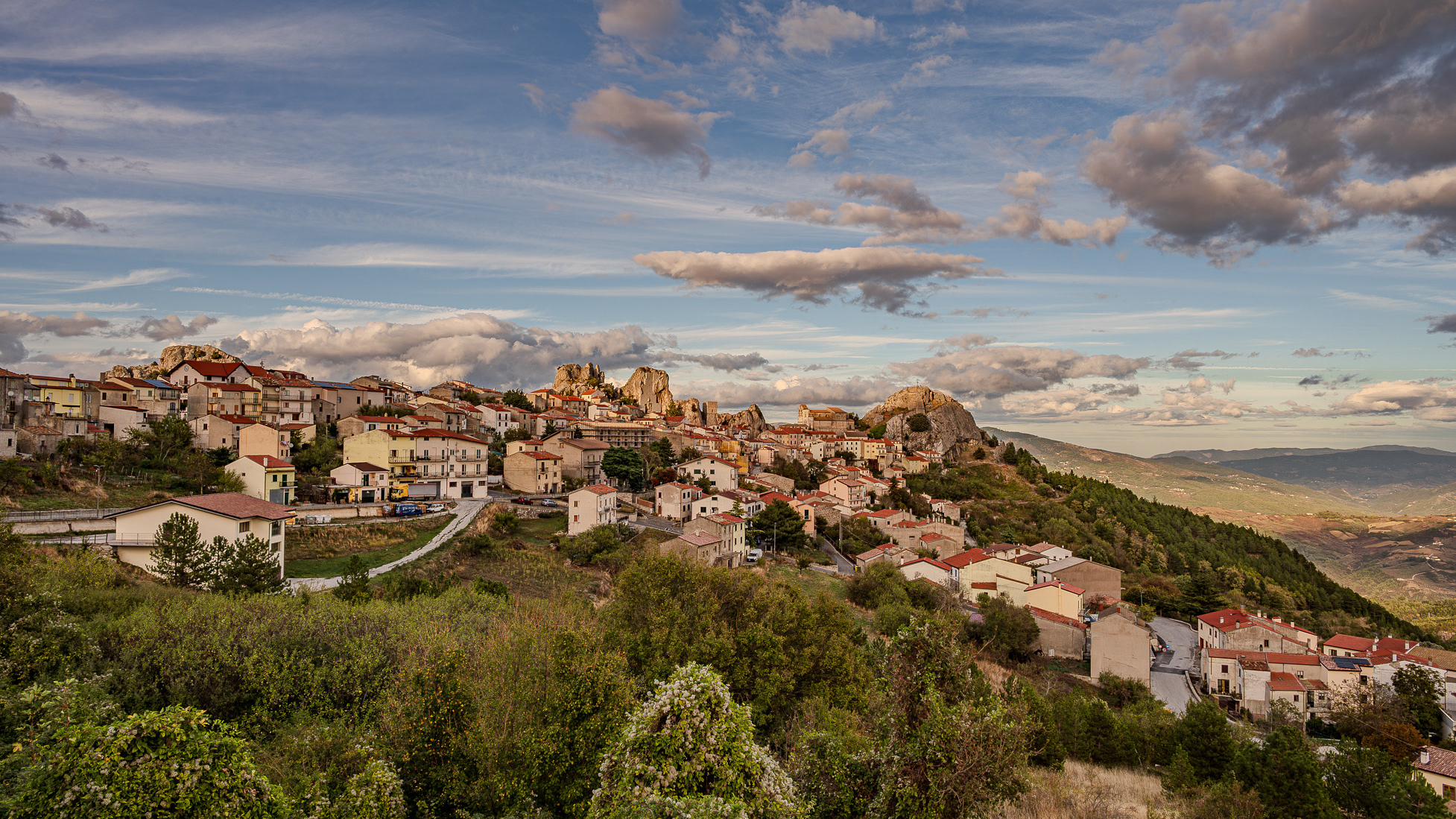
2023
Pietrabbondante. Panorama
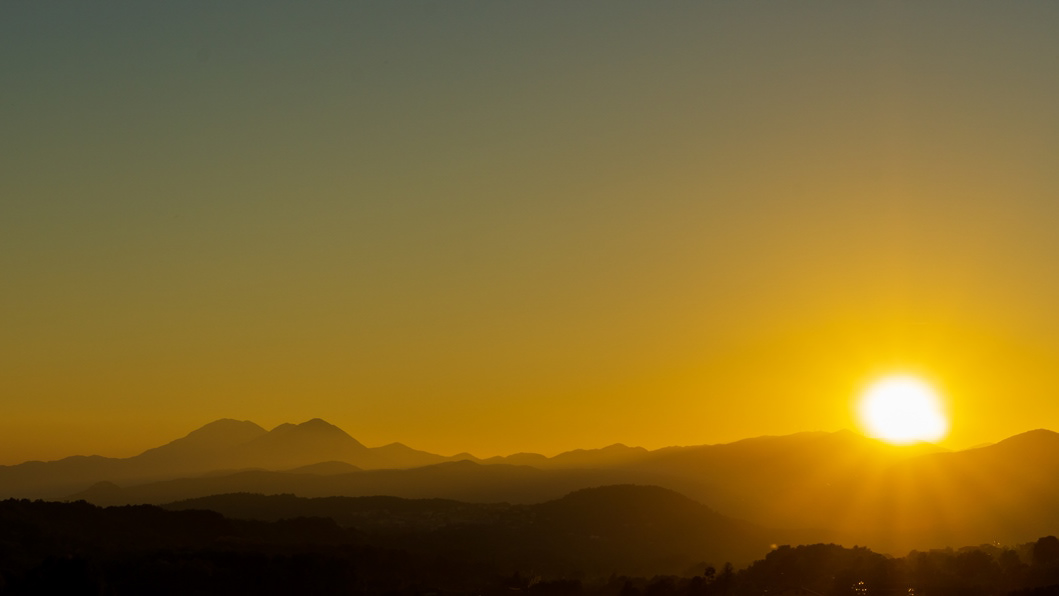
2018
Tramonto sulle Mainarde 2
2023
Pescolanciano. D’Alessandro Castle
The D'Alessandro castle is a fortified structure in the municipality of Pescolanciano. The castle was built on the rocky spur (peschio) that overlooks the town near a Samnite fortification.
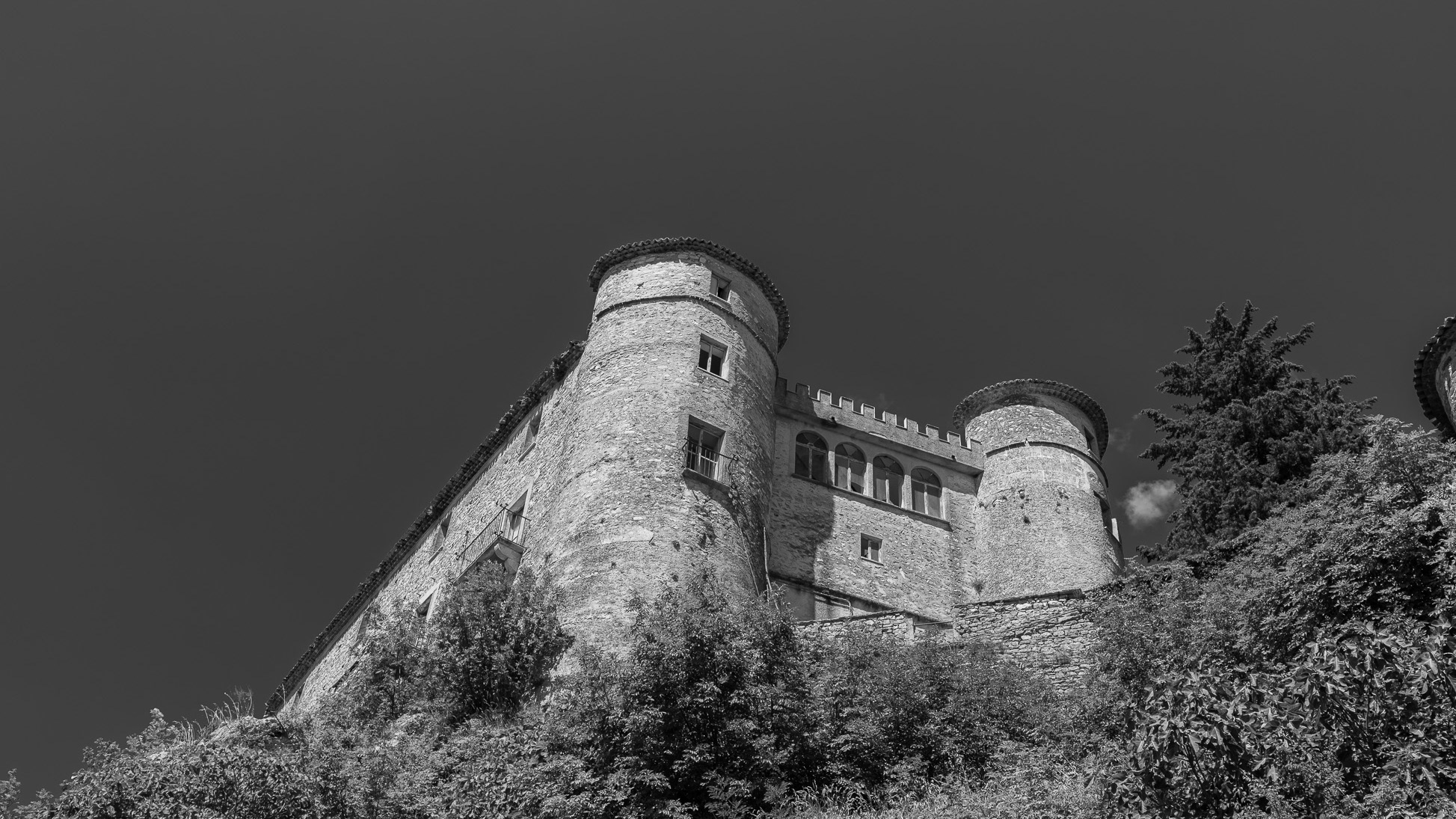
2022
Carpinone. Caldora castle.
The castle was built in the 11th century, in the shape of an irregular pentagon, bordered by 5 towers, above the ravine overlooking the Carpino river. In 1223 it was destroyed by Ruggero da Pescolanciano.
